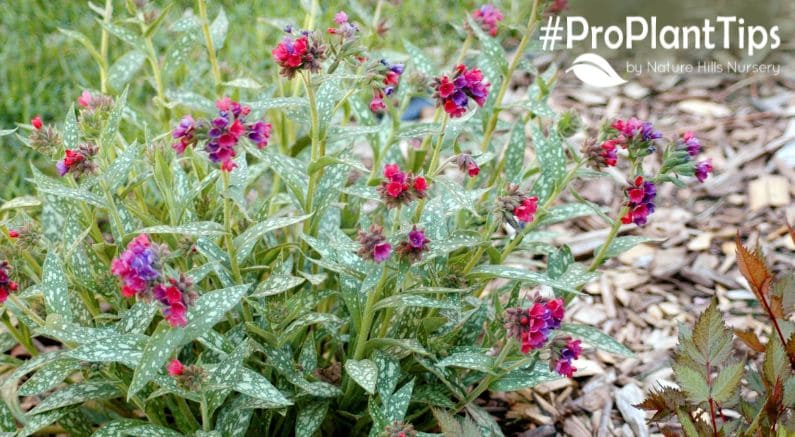Sunset Hyssop (Agastache rupestris), with its vibrant blooms and aromatic foliage, is a beloved perennial plant that can add a splash of color and fragrance to any garden. Whether you are a novice gardener or an experienced horticulturist, cultivating Sunset Hyssop can be a rewarding and fulfilling experience. In this comprehensive guide, we will take you through every step of the process, from selecting the right seeds to enjoying the full blooming glory of this delightful herbaceous plant.
Choosing the Right Variety: Before you start your Sunset Hyssop journey, it’s essential to choose the right variety for your garden. Sunset Hyssop, also known as Licorice Mint and Threadleaf Giant Hyssop, is native to North America and is characterized by its striking orange to coral-colored flowers and licorice-scented leaves. When selecting seeds or seedlings, make sure they are sourced from reputable nurseries to ensure their authenticity and quality.
Understanding Sunset Hyssop’s Growing Requirements:
Sunset Hyssop is a hardy perennial that thrives in sunny locations. Here are the key growing requirements to keep in mind:
- Sunlight: Sunset Hyssop requires full sun to thrive. Choose a spot in your garden that receives at least 6 to 8 hours of direct sunlight daily.
- Soil: This plant prefers well-draining soil. Sandy or loamy soil enriched with organic matter is ideal. Good drainage is essential to prevent waterlogged roots, which can lead to root rot.
- Watering: Sunset Hyssop is drought-tolerant once established. Water the plant deeply but infrequently, allowing the soil to dry out between watering sessions. This encourages the plant to develop a robust root system.
- Temperature: Sunset Hyssop is well-suited for USDA hardiness zones 5 to 10. It can tolerate hot and dry conditions, making it an excellent choice for xeriscaping projects.
Planting Sunset Hyssop: Now that you have chosen a suitable spot and prepared the soil, it’s time to plant Sunset Hyssop.
- Sowing Seeds: If you are starting from seeds, sow them indoors about 6 to 8 weeks before the last expected frost date in your area. Use seed trays filled with well-draining potting mix. Lightly press the seeds onto the soil surface and cover them with a thin layer of soil. Keep the soil consistently moist and maintain a warm temperature (around 70°F or 21°C) for germination.
- Transplanting Seedlings: Once the seedlings have developed a couple of sets of true leaves and the risk of frost has passed, transplant them into your garden. Space the plants about 18 to 24 inches apart to allow for proper air circulation.
- Planting Mature Plants: If you are starting with mature plants or seedlings purchased from a nursery, dig a hole that is slightly larger than the root ball. Gently remove the plant from its container and place it in the center of the hole. Backfill with soil and water thoroughly to settle the plant in place.
Caring for Sunset Hyssop:
Proper care is essential for the healthy growth of Sunset Hyssop and the prolific production of its vibrant blooms.
- Watering: As mentioned earlier, water deeply but infrequently. Once established, Sunset Hyssop is relatively low-maintenance in terms of watering.
- Mulching: Apply a layer of organic mulch around the base of the plant to retain soil moisture, regulate soil temperature, and prevent weed growth.
- Pruning: Sunset Hyssop benefits from regular pruning. Remove spent flower spikes to encourage continuous blooming and trim back the plant in late fall or early spring to promote bushier growth.
- Fertilizing: Sunset Hyssop generally does not require heavy fertilization. However, you can apply a balanced, slow-release fertilizer in spring to provide the plant with necessary nutrients.
- Pest and Disease Management: Sunset Hyssop is relatively resistant to pests and diseases. However, keep an eye out for aphids, spider mites, and powdery mildew. Insecticidal soap and neem oil are effective organic solutions for pest control, while proper spacing and good air circulation can prevent mildew issues.
Enjoying the Blooms: With proper care, your Sunset Hyssop will reward you with a profusion of colorful blooms that will attract pollinators such as bees, butterflies, and hummingbirds to your garden. The aromatic foliage also adds a pleasant fragrance to your outdoor space.
Conclusion: Growing Sunset Hyssop can be a delightful and satisfying experience for gardeners of all levels. With its stunning blooms, fragrant leaves, and low-maintenance nature, this perennial plant is a valuable addition to any garden landscape. By understanding its specific requirements and providing the right care, you can enjoy the beauty of Sunset Hyssop from seed to blooms, creating a vibrant and inviting garden space for both you and the local wildlife to enjoy. So, roll up your sleeves, grab your gardening tools, and embark on the journey of growing Sunset Hyssop – a plant that will undoubtedly bring joy and color to your outdoor sanctuary. Happy gardening!





